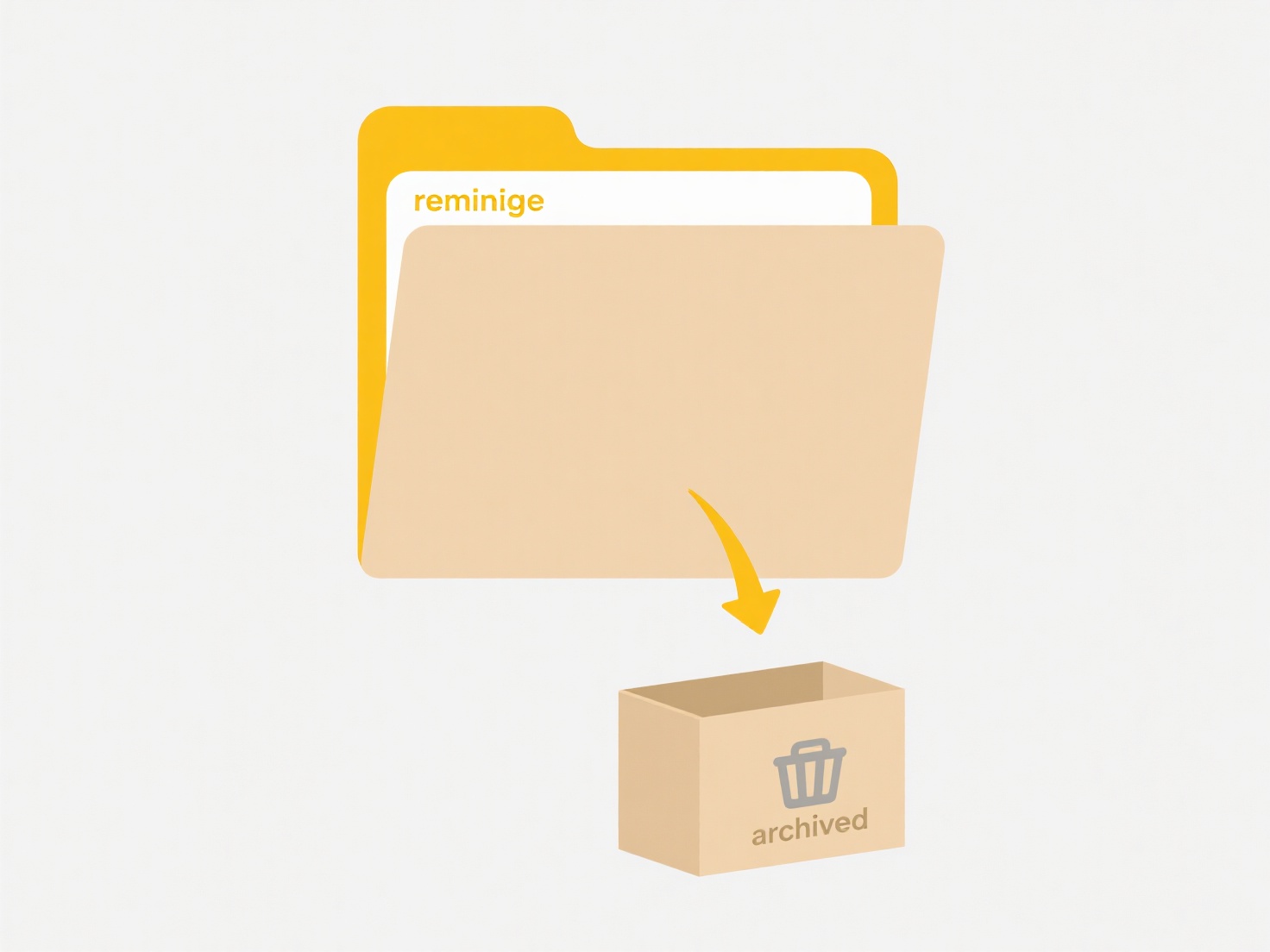
This error indicates your operating system cannot locate an application associated with the specific file type you are trying to open. It occurs because files are linked to programs based on their extension (like .docx for Word or .jpg for images). If the system doesn't recognize the extension, the required software isn't installed, or the file association is broken, the system lacks instructions for handling the file, resulting in this message. It differs from a simple failure to open within an app, as the core issue is identifying which app should attempt it.
This commonly happens with uncommon or specialized file formats. For instance, trying to open a .dwg CAD drawing file without AutoCAD or a compatible viewer like DWG TrueView installed will trigger this error. Similarly, receiving an obscure document format like .odg (OpenDocument Graphic) without LibreOffice or another OpenDocument-compatible suite can cause this, especially on default Windows installations. Android phones might show this if a user downloads a .pages file from a Mac without iOS productivity apps.

The message protects the system from attempting to open files incorrectly, preventing potential crashes or security risks. However, it causes user frustration. Users must identify the file type and find/install the necessary software, which can be inconvenient. Ethical considerations involve using open, standardized formats whenever possible to improve accessibility, avoiding vendor lock-in where critical files require expensive, proprietary software. Future improvements may involve more robust built-in format support or better guidance directing users to suitable viewers.
Why does my system say “No app found to open this file”?
This error indicates your operating system cannot locate an application associated with the specific file type you are trying to open. It occurs because files are linked to programs based on their extension (like .docx for Word or .jpg for images). If the system doesn't recognize the extension, the required software isn't installed, or the file association is broken, the system lacks instructions for handling the file, resulting in this message. It differs from a simple failure to open within an app, as the core issue is identifying which app should attempt it.
This commonly happens with uncommon or specialized file formats. For instance, trying to open a .dwg CAD drawing file without AutoCAD or a compatible viewer like DWG TrueView installed will trigger this error. Similarly, receiving an obscure document format like .odg (OpenDocument Graphic) without LibreOffice or another OpenDocument-compatible suite can cause this, especially on default Windows installations. Android phones might show this if a user downloads a .pages file from a Mac without iOS productivity apps.

The message protects the system from attempting to open files incorrectly, preventing potential crashes or security risks. However, it causes user frustration. Users must identify the file type and find/install the necessary software, which can be inconvenient. Ethical considerations involve using open, standardized formats whenever possible to improve accessibility, avoiding vendor lock-in where critical files require expensive, proprietary software. Future improvements may involve more robust built-in format support or better guidance directing users to suitable viewers.
Related Recommendations
Quick Article Links
What is a .zip file?
A .zip file is a digital archive format that bundles one or more files or folders into a single, compressed container. I...
How do I manage sharing limits and quotas?
Managing sharing limits and quotas involves controlling how resources are allocated and consumed within a shared system ...
What is a .exe file and how do I open it?
A .exe file, short for "executable," is a program file format used primarily on Microsoft Windows operating systems. It ...